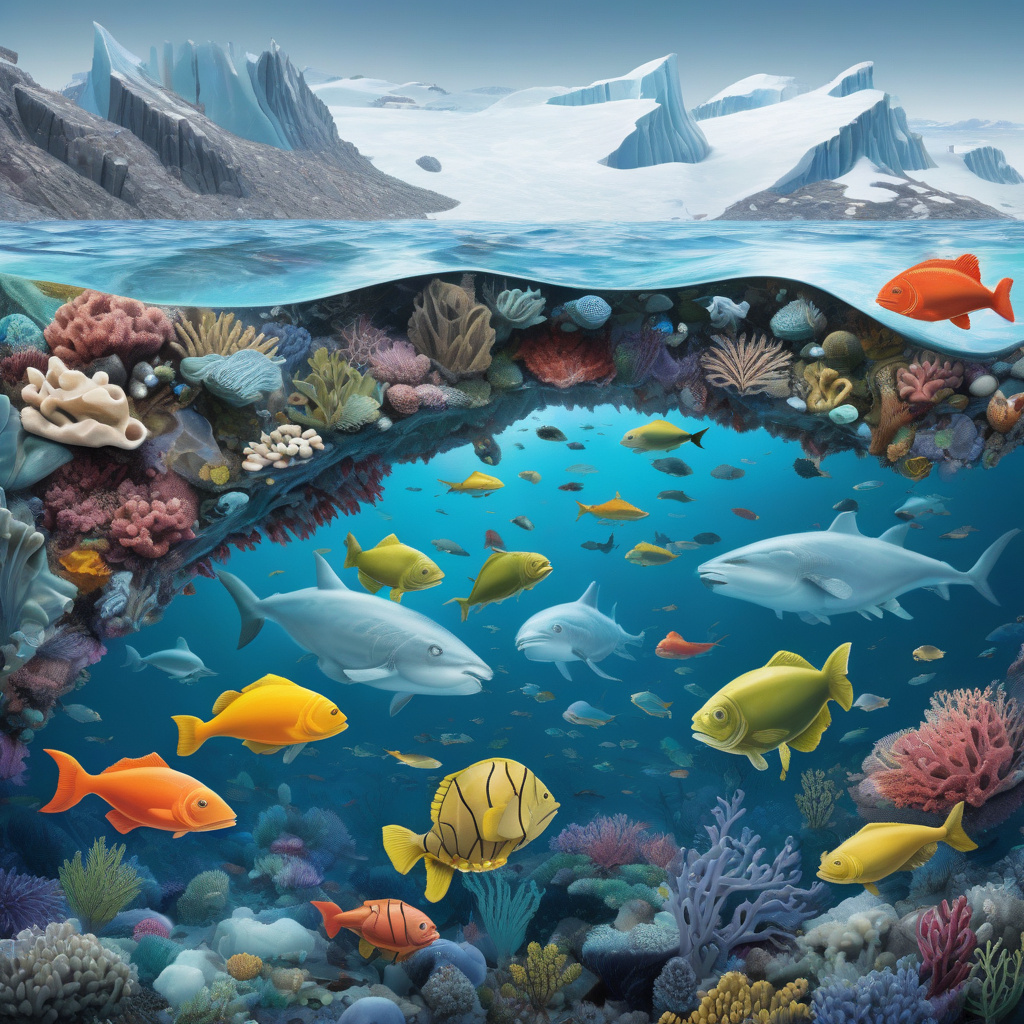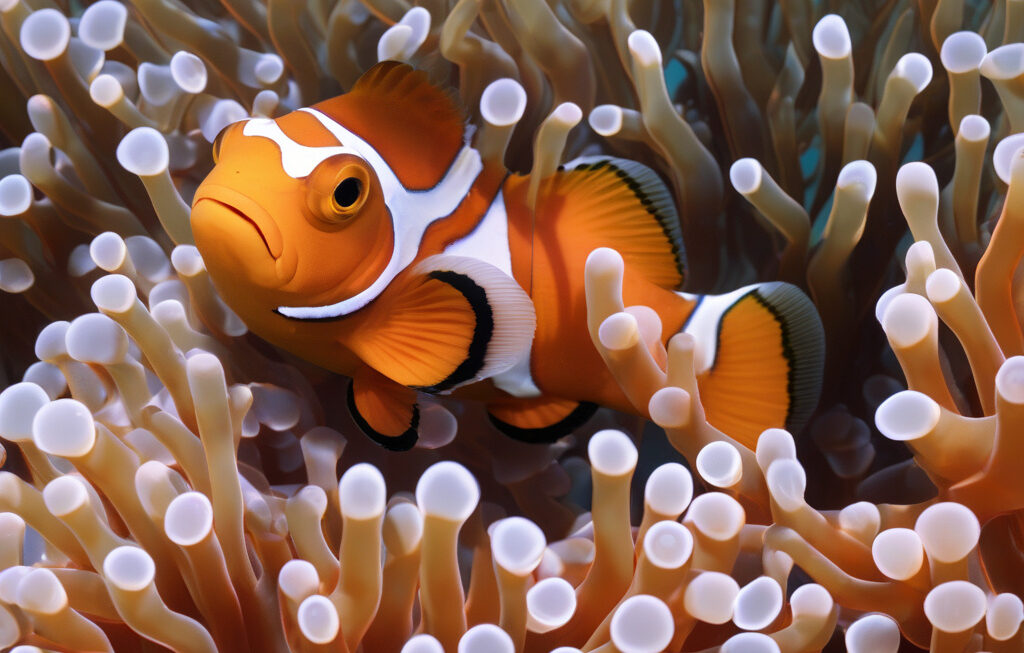Greenland’s Melting Ice: A Surging Boost for Ocean Life, Revealed by NASA Study
A new NASA-backed study has found an unexpected effect of Greenland’s melting ice: the runoff from the melting ice sheet is causing a surge in ocean life. While the implications of climate change on the planet are often viewed through a negative lens, this discovery sheds light on a potentially positive outcome in the midst of environmental challenges.
The research, led by scientists from the Woods Hole Oceanographic Institution (WHOI) and funded by NASA’s Arctic-Boreal Vulnerability Experiment (ABoVE), examined the impact of meltwater from Greenland’s glaciers on the surrounding marine ecosystem. The findings, published in the journal Nature Communications, highlight how the influx of freshwater is altering the oceanic conditions and providing a fertile environment for phytoplankton and other marine organisms to thrive.
One of the key mechanisms driving this phenomenon is the introduction of nutrients from the melting ice into the ocean. As the glaciers melt, they release iron and other minerals that act as essential nutrients for marine life. This influx of nutrients stimulates the growth of phytoplankton, the base of the marine food chain, which in turn attracts larger organisms such as zooplankton, fish, and seabirds.
The study also revealed that the melting ice has led to an increase in the turbidity of the water, creating a shield that protects the phytoplankton from harmful ultraviolet (UV) radiation. This protective barrier allows the phytoplankton to flourish and contribute to the overall productivity of the marine ecosystem.
Furthermore, the researchers observed a shift in the distribution of marine species in response to the changing environmental conditions. Certain cold-water species are moving closer to the coast of Greenland to take advantage of the nutrient-rich waters, while other species are expanding their range to explore new habitats created by the melting ice.
These findings have significant implications for our understanding of the complex interactions between climate change and marine ecosystems. While the melting of Greenland’s ice sheet is a clear indicator of global warming, the study demonstrates that it also has the potential to fuel the productivity and biodiversity of the surrounding oceans.
As we continue to witness the rapid changes occurring in the Arctic region, it is essential to monitor and study the cascading effects of these transformations on the environment. By leveraging satellite observations, field measurements, and modeling techniques, scientists can gain valuable insights into the dynamics of Arctic ecosystems and the interconnected processes driving their evolution.
This research not only underscores the importance of interdisciplinary collaboration in studying climate change but also highlights the resilience and adaptability of marine life in the face of environmental adversity. By unraveling the intricate relationship between Greenland’s melting ice and the flourishing ocean life, we are reminded of the profound interconnectedness of all living organisms on our planet.
In conclusion, the NASA-backed study provides a compelling narrative of how seemingly detrimental environmental changes can unexpectedly give rise to new opportunities for life to thrive. By expanding our knowledge of these intricate ecological processes, we are better equipped to navigate the complexities of a changing climate and work towards sustainable solutions for the future of our planet.
greenland, melting ice, ocean life, NASA study, climate change










